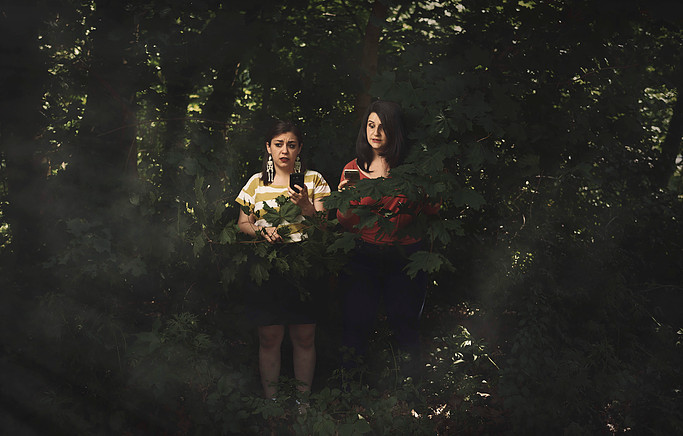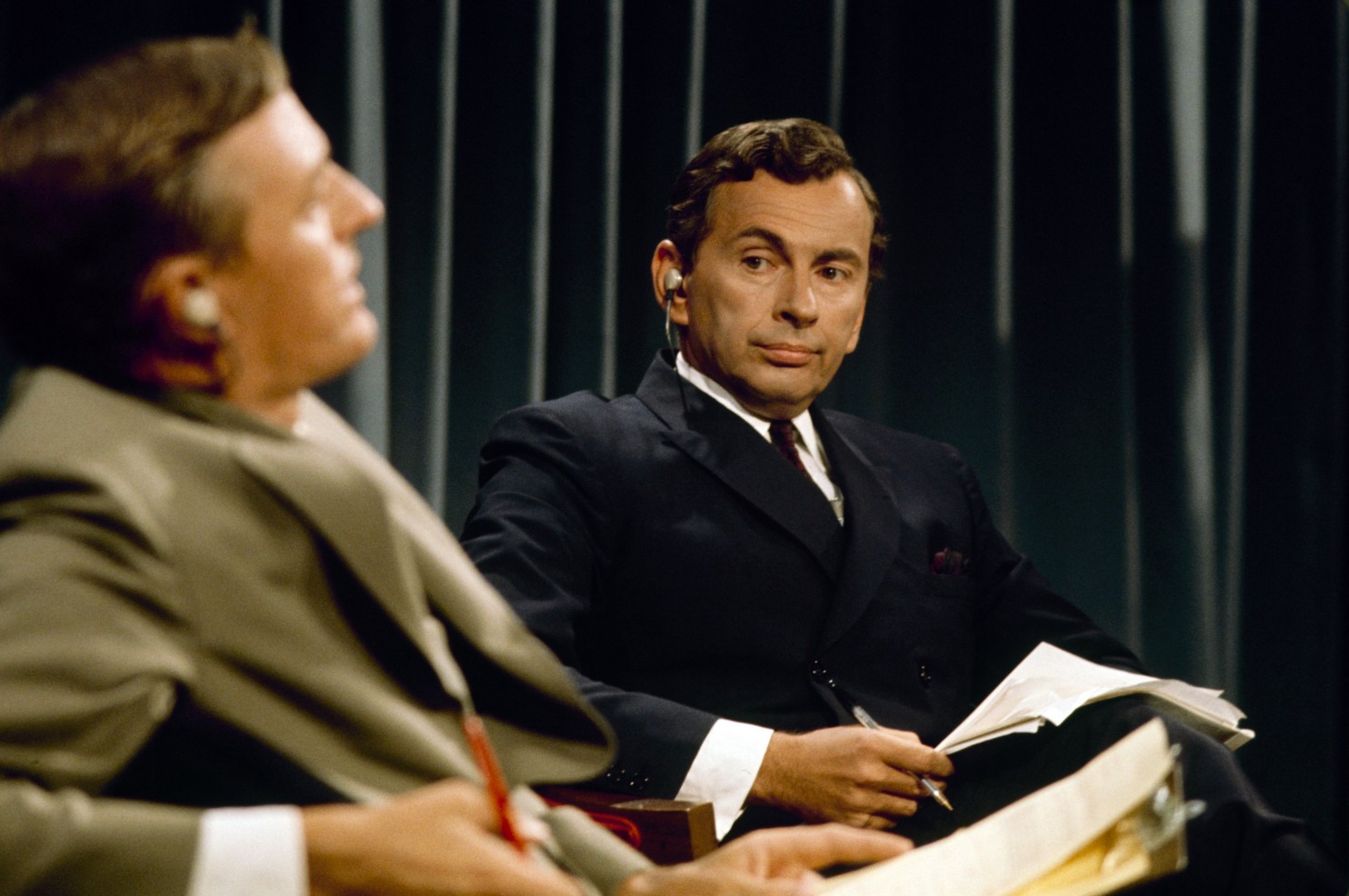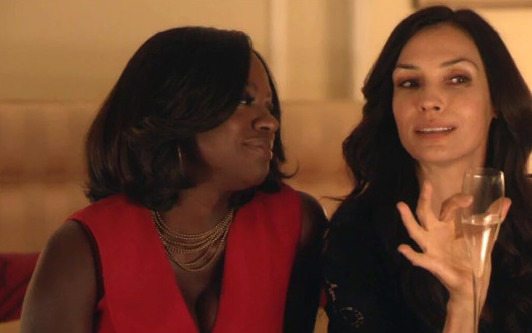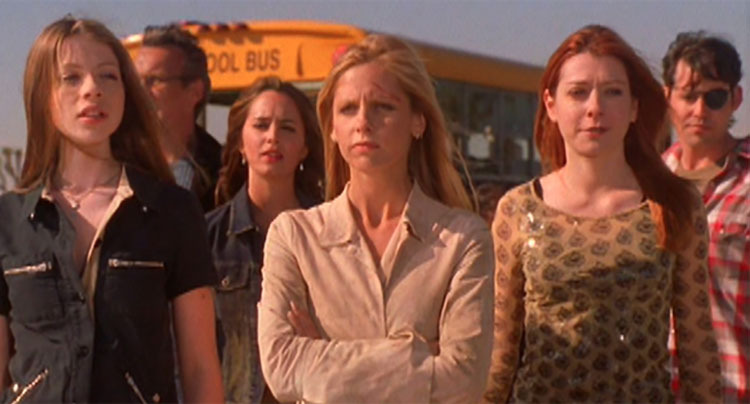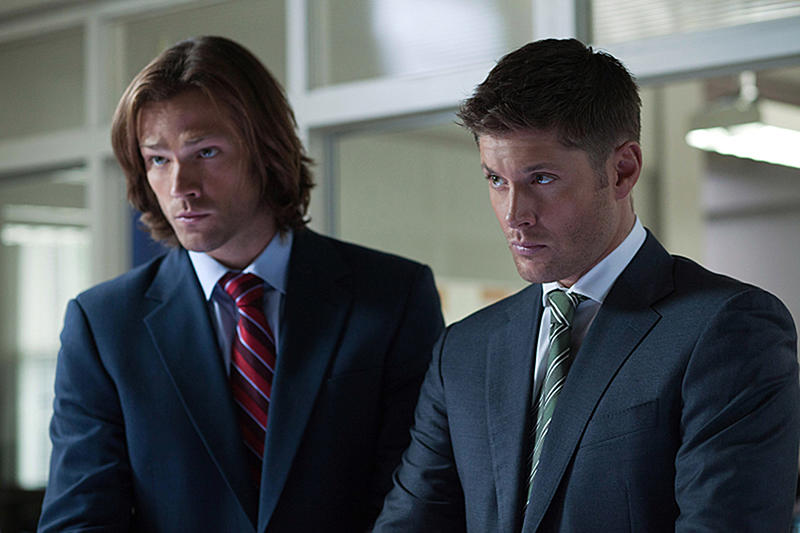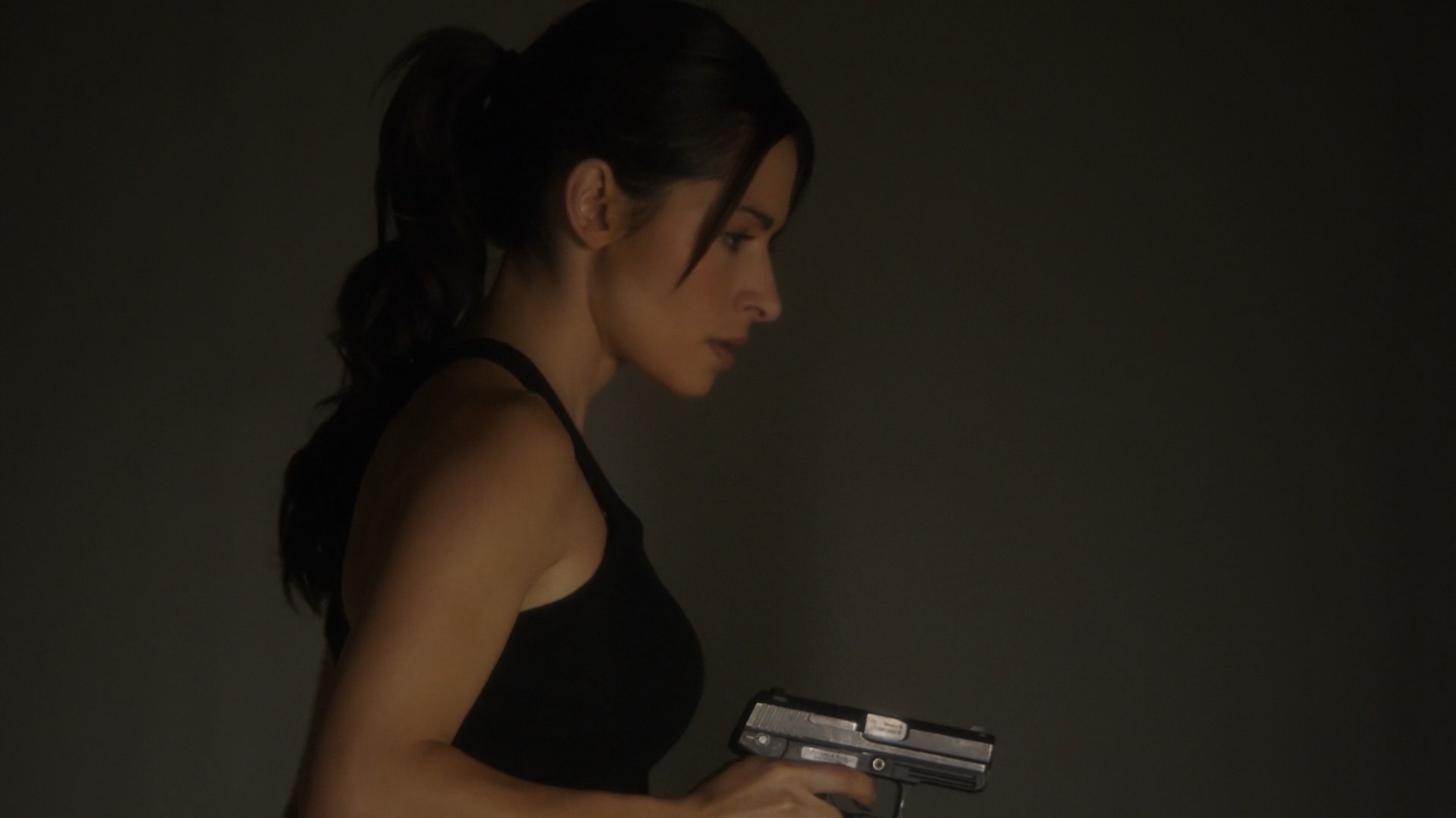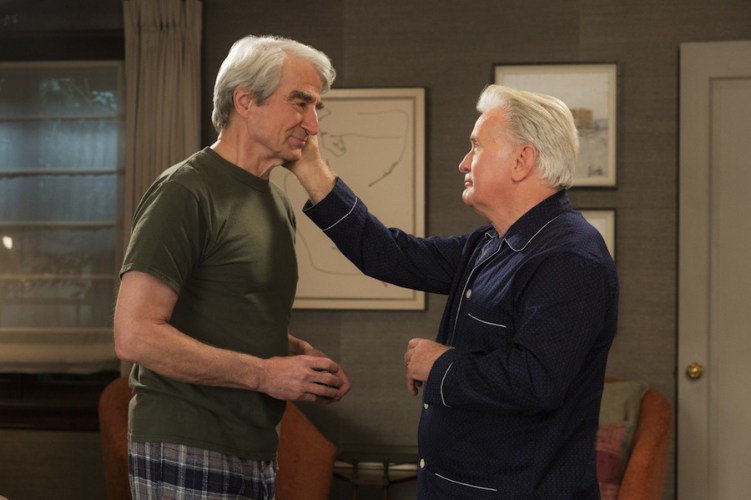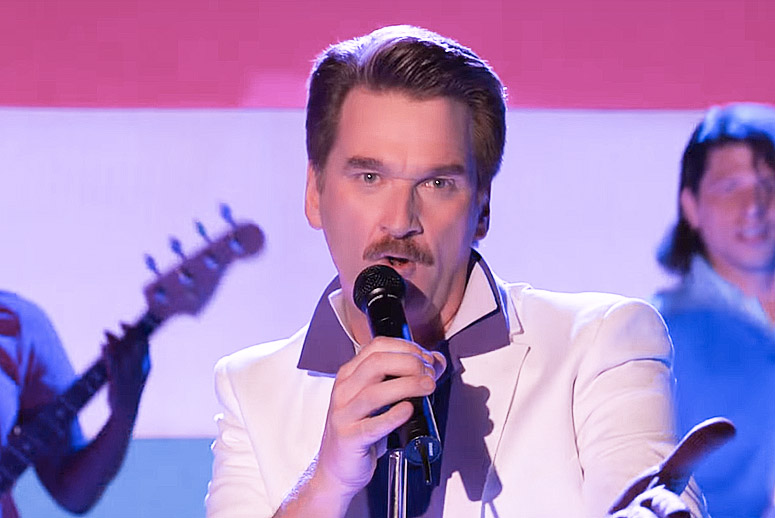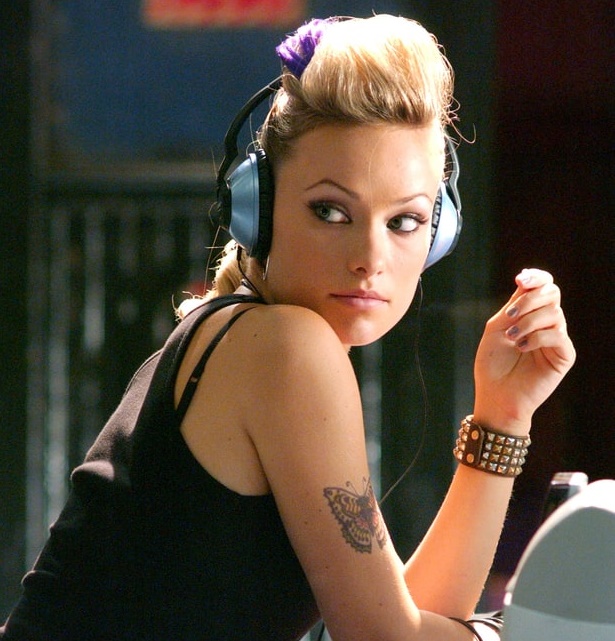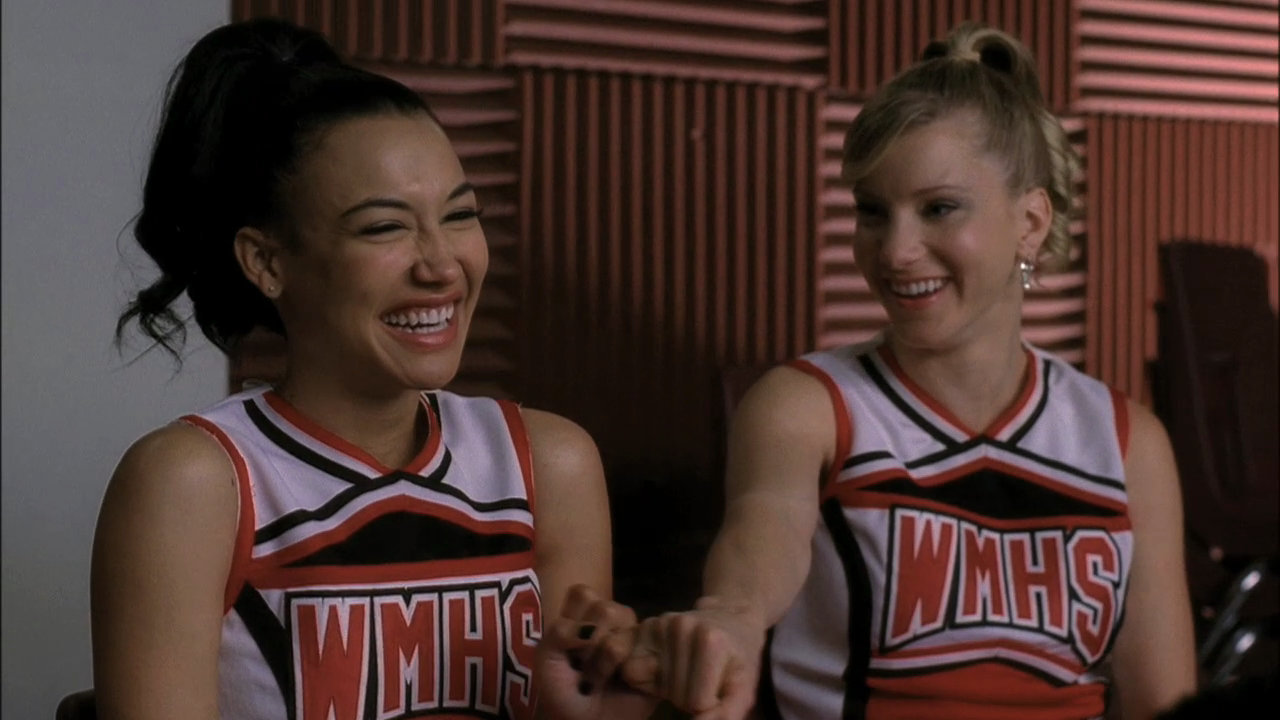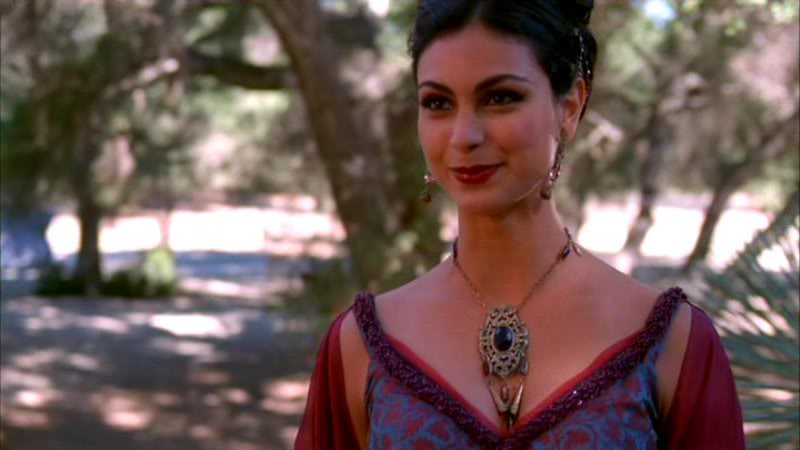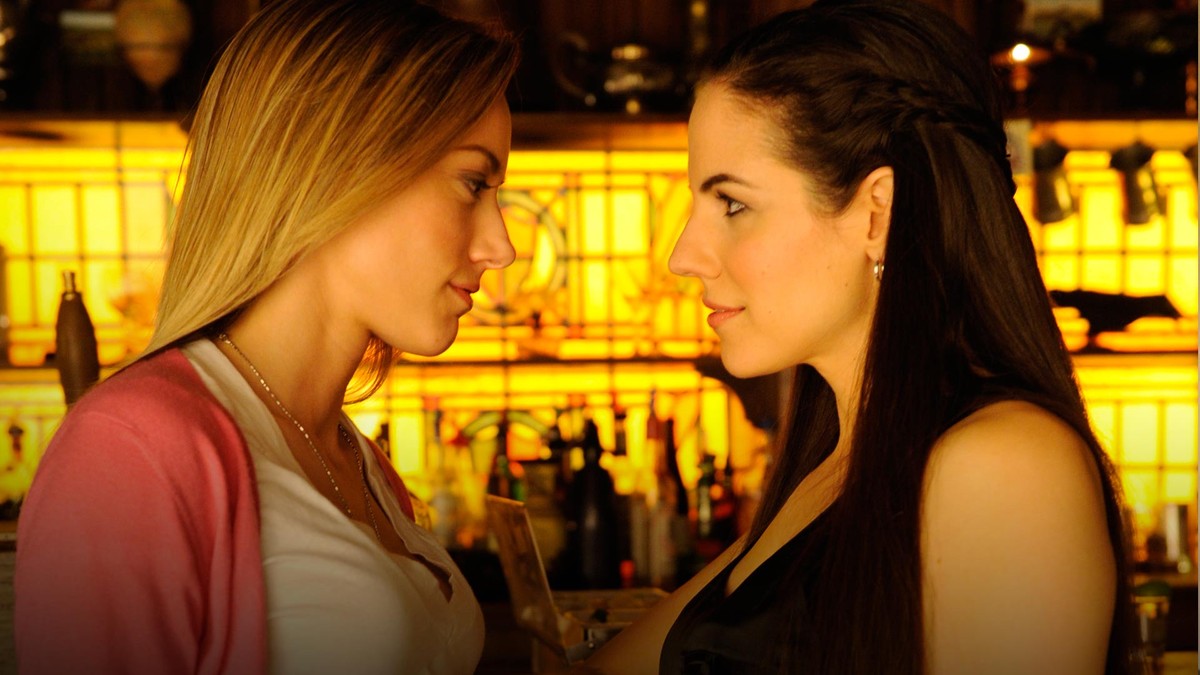Written by Katherine Murray.
Secrets & Liars, a seven-episode comedy about a texting serial killer and the less-than-motivated friends who try to track him down, is the first web series from comedy duo Ilana Rubin and Lana Schwartz, available on their website. Not only did they create and write the series, they also star in it as the leads who are best friends. Schwartz and Rubin kindly took the time to speak to us about the process of creating their first series, and the projects they’d like to see more of, now that there are fewer barriers to production.
Bitch Flicks: What inspired you to make a web series? What drew you to the idea of making a comedic thriller?
Lana Schwartz: Ilana and I have been working together, writing and filming sketches for a few years now, and we felt like now was the time for us to do something a little more ambitious. There are so many different ways to tell a story and we wanted to do something that we felt represented our comedic voice. We were interested in doing a comedic thriller because we both love dramatic teen shows, and these dramatic situations seemed like such a sharp contrast to being a regular person.
Ilana Rubin: I think we were enticed by the idea of committing to something a bit bigger than a sketch where an idea begins and ends in 3-5 minutes. Longer narratives are the kind of entertainment we both enjoyed, so we wanted to try our hand at that. Personally, I love acting. It’s my favorite part of creating something of your own, and I was excited to play someone very different from who I am in real life.
I think we were drawn to this specific genre because we both enjoy those kinds of shows. Lana is a huge fan of Pretty Little Liars while I really enjoy shows like True Detective. With Secrets & Liars we were able to bring the absurdities of both shows under one umbrella, while really emphasizing the ridiculousness of teen thriller tropes. There was so much to play with!
Bitch Flicks: What was the most challenging part in making the series? What was the most rewarding part?
Lana Schwartz: The most challenging part was getting all of the details together. It was hard to bring together so many different people, and coordinate with our locations and crew. But I think that’s also why it was so rewarding – because we got to see everything come together in a final product.
Ilana Rubin: I will save the best for last and start with the most challenging parts. I think the most difficult thing was having our hands in every area of the production. While we did have a wonderful and talented crew (Brittany Tomkin) producing and directing (Jorja Hudson), we really were involved in every aspect when it came to the logistics. We sought out the locations, [did the casting], and had input on cinematography as well. Logistical planning is my least favorite part of any production because there’s so much that goes into it. I have so much admiration for the production managers and line producers whose literal job is to make sure that’s all under control.
The most rewarding part was actually shooting everything and doing it and at the end of the day having this thing that we wrote and created and could show the world. I’m still so proud of us. It’s just a drop in the bucket of what we will create in our lives, but I think it’s a really big testament to our work ethic. It was also pretty great to be able to shoot in the high school we went to and see some of our old teachers in the process and know that we have their support as well. Shout out to Francis Lewis, one of the best public high schools in Queens!
Bitch Flicks: How long did it take to film? What kind of equipment did you use?
Ilana Rubin: The process was a little stop/start. Our first shoot day was before Christmas and then we took a bit of a break because of the holidays and started back up in January and then we finished around March, I believe.
Jorja used a Canon T3I, and we rented an Astra Light Panel but shot without a tripod. It was mostly handheld because we wanted a more gritty feel to it. For audio, we used lavalier mics and our sound operator (and editor), Carina Jollie, was also using a boom. She is a superwoman.
Bitch Flicks: It seems like web series have opened a lot of doors in terms of the type of stories people can tell, and the number of people who can produce their own shows. What kinds of opportunities do you see for performers online? What kinds of shows would you like to see getting made?
Lana Schwartz: It’s been really great to see the opportunities and recognition a lot of our friends have gotten for their web series. The Other Kennedys is a really great one, and Life, After is another series that recently came out that also centers around two best friends under unique circumstances. It’s the best opportunity we have to express our voices, because we can use any type of format we want. I think it’d be great to see more shows that represent different viewpoints and experiences than are typically seen in comedy, and stuff that delves deeper into people’s real experiences.
Ilana Rubin: I definitely agree. The internet has been great for creators to get their voices heard! The world obviously always needs improvement, but I think this has been a great thing to come of this digital age we’re living in. I think having a diverse writer’s room isn’t just essential but should be mandatory. This is tricky coming from a straight white woman who writes with another straight white woman, but I would love to see more web series with different voices being heard. I also write for a web-talk-show, Deadass, and our writing team is one of the most diverse I have ever seen. I don’t believe you can create a dynamic story/concept without the minds of people from different backgrounds and experiences.
I think I’d like to see more series with heart. There are incredible ones that are just plain silly and joke-filled, and those are great too. A good mixture is healthy! But some of my favorite ones are Clench and Release, Under the Table, Awkward Black Girl, and Triplets of Kings County, where you can invest in the characters while also enjoying the goofs.
Bitch Flicks: Is there going to be a second season of Secrets & Liars? What other projects do you have coming up?
Ilana Rubin: Yes! As of now, we will be doing a season two, but we have some other things we want to work on first. I just had a play go up at the Annoyance Theater called Phat Camp. Lana has a sketch show that I’ll also be acting in going up at The PIT called The Best Part. We have a couple of videos that we’ll be releasing in the meantime and some that we plan to shoot before we start writing season two. We also host My Hometown, a monthly comedy show about the places people are from, so there is a lot to be excited about!
Lana Schwartz: Everything Ilana said! Plus, also, my sketch team Deathbird has a second spank (an audition for a run) going up at Upright Citizens Brigade.
Katherine Murray is a Toronto-based writer who yells about movies, TV and video games on her blog.
